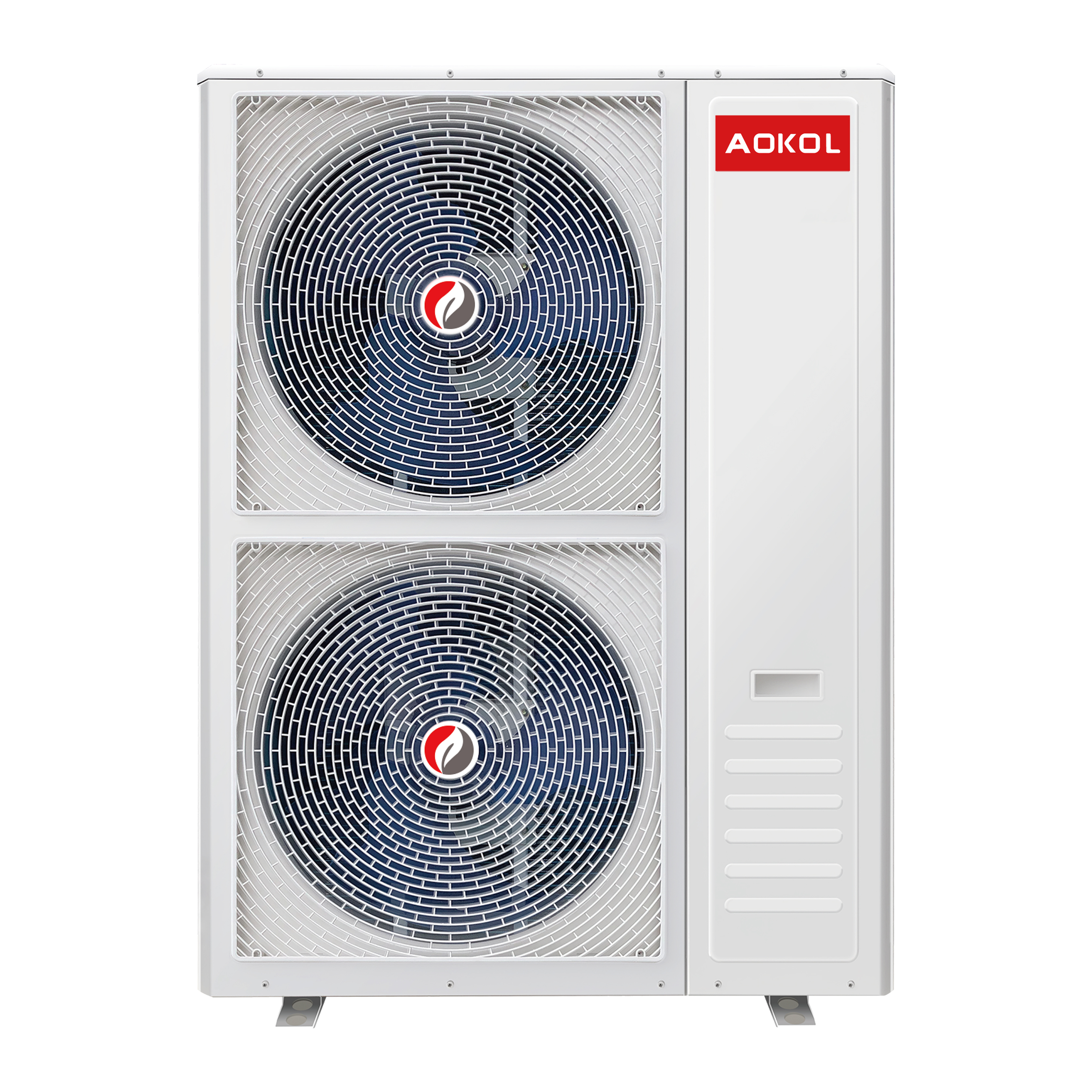Cities and states around the U.S., as well as countries around the world, are passing laws designed to decarbonize their economies. In the U.S., the federal government along with numerous states have pledged to aggressively reduce — and potentially eliminate — carbon emissions over the next few decades. This typically involves encouraging Americans to replace their fossil fuel appliances such as gas furnaces with electric heat pumps.
But the problem with heat pumps, as well as air conditioners, is that most currently use R-410A refrigerant ― or even R-22 in older units ― which is a high-GWP HFC that experts believe contributes to global warming. That is why the federal government is in the process of phasing down these types of refrigerants in favor of lower-GWP refrigerants. Air Source Heat Pump Underfloor Heating Cost

The good news is that with change comes innovation, and the decarbonization trend, combined with the phasedown of the most commonly used refrigerant in comfort cooling, is leading to several new heat pump and air conditioning innovations.
For example, the scientists at Pacific Northwest National Laboratory (PNNL) are looking at the benefits of adsorption cooling systems. These systems can run on small amounts of waste heat from a building or industrial plant to power reactions between a vapor refrigerant and a solid material. PNNL chemical engineer Radha Motkuri said that once power is inputted for the first time, the system keeps on cycling — adsorption, desorption, adsorption, desorption — with very little power input. This is in direct contrast to conventional cooling systems that use a compressor and require regular inputs of energy.
As for refrigerants, Motkuri and his collaborators conducted their testing using R-134a, which has a high GWP but a similar chemical behavior to HFOs. That makes it a suitable alternative for studying the molecular interactions of adsorption cooling systems that will use HFOs in future adsorption cooling systems.
Meanwhile, researchers from the University of Glasgow (Scotland) have developed a new type of flexible heat pump technology that is designed to save energy and contribute towards net-zero emissions goals. According to the university, this technology integrates heat storage, which consists of a small water tank and a coil of copper tube.
“The water tank recovers some excess thermal energy produced during the pump’s operation and stores it as an additional heat source for the heat pump’s operation later. The recovered heat has a much higher temperature than the outdoor air that provides the heat source and it can be reused as a temporary heat source, substantially reducing the pump’s power consumption.
“For air-source heat pump applications, the recovered heat stored in the water also allows the flexible heat pump to run continuously during defrosting. That makes it more efficient and effective than the current generation of heat pumps, which interrupt the heat supply during defrosting while still consuming electricity.”
Another innovative technology is Dalrada Financial Corp.s’ LikidoONE heat pump, which was recently selected by the U.S. General Services Administration (GSA) and Department of Energy (DOE) as part of the federal Green Proving Ground (GPG) program. The CO2-based heat pump is now being tested as part of the government’s efforts to find new technologies that use lower-GWP refrigerants and reduce greenhouse emissions from commercial buildings.
LikidoONE industrial heat pumps use CO2 (R-744) as the refrigerant in a closed system. The heating and cooling loads are connected via secondary heat transfer fluids, usually water or glycol. The core technology employs supercritical CO₂ as the working fluid to enable the highly efficient recovery of low-grade heat from air, water, or thermal waste streams, for use in high-grade heating applications.
“By using CO2, the heat pump requires much less energy than traditional methods,” said Jose Arrieta, chief strategy officer and president of Dalrada Technologies.
As the decarbonization trend continues, expect to see even more bold new technologies from a variety of companies around the world. Looks like the HVAC industry is entering an exciting new phase!
Joanna Turpin is a Senior Editor. She can be contacted at 248-786-1707 or joannaturpin@achrnews.com. Joanna has been with BNP Media since 1991, first heading up the company’s technical book division. She obtained her bachelor’s degree in English from the University of Washington and worked on her master’s degree in technical communication at Eastern Michigan University.
You must have JavaScript enabled to enjoy a limited number of articles over the next 30 days.
Sponsored Content is a special paid section where industry companies provide high quality, objective, non-commercial content around topics of interest to the ACHR News audience. All Sponsored Content is supplied by the advertising company. Interested in participating in our Sponsored Content section? Contact your local rep.
On Demand In this webinar, we go through the recent updates on R-290 natural refrigerant, and the impact it will have on the HVACR industry.
During this webinar, audience members will get the opportunity to engage with a panel of Aire Serv business owners alongside moderator Lane Dixon, Aire Serv VP Operations.
Copyright ©2023. All Rights Reserved BNP Media.

Dc Inverter Air To Water Heat Pump Design, CMS, Hosting & Web Development :: ePublishing